Palpation from –
- External Occipital Protuberance
- Spinous Processes of Vertebrae ( At C7 )
- Clavicle
- Spinous Process of Scapula ( At T3)
- Inferior Angle of Scapula
- Iliac crest ( At L4 )
*Note the spine landmarks
Why is the L4 level important?
- Spinal tap is done between level L3 and L4.
*find out acromion
- Dimple of venus
- The dimples of Venus (also known as back dimples) are sagittally symmetrical indentations sometimes visible on the human lower back, just superior to the gluteal cleft. They are directly superficial to the two sacroiliac joints, the sites where the sacrum attaches to the ilium of the pelvis.
- corresponds to lowest part of sacral vertebral column
- location of posterior superior iliac spine
- Trapezius
- Posterior triangle
- Indentify the triangles later
- Deltoid
- Supplied by axillary nerve
- If there is dislocation, the nerve gets compressed and will eventually cause deltoid muscle dystrophy.
- This can be felt. There will be less muscle fullness.
- Triangle of auscultation
- Between the border of trapezius and latissimus dorsi
- an area of thin muscle
- can auscultate breath sounds well
- Between the border of trapezius and latissimus dorsi
- Supraspinatus
- Above spinous process
- Together with deltoid – primary muscles for abduction
- Identify the posterior triangle, sternocleidomastoid muscle and anterior triangle.
- OSCE
- Coracoid process : The coracoid process (from greek κόραξ, crow) is a small hook-like structure on the lateral edge of the superior anterior portion of the scapula. Pointing laterally forward, it, together with the acromion, serves to stabilize the shoulder joint. It is palpable in the deltopectoral groove between the deltoid and pectoralis major muscles.
- Stabilizes clavicle by clovacoclavicle liagment
- If clavicle is fractured, the ligament will rupture?
- It maintains the integrity of the clavicle
- How do you locate the Coracoid process?
- Medial 3/4 and Lateral 1/4 of the clavicle
- 1 cm below that point
- The medial border of the scapula is attached to the thoracic cage.
- If it is detached, (known as Winged Scapula)
- there will be paralysis of the serratus anterior muscle
- If it is detached, (known as Winged Scapula)
- The wrist joint
- Radio-carpal joint
- between the radius and 3 carpal bone
- DOES NOT INVOLVE THE UNLNAR
- Radio-carpal joint
- Joint between
- humerus + radius = humeroradius
- humerus + ulnar = humeroulnar
- A triangle can be
formed between the- medial epicondyle
- lateral epicondyle
- oliconar process
- If cannot form a triangle
- dislocation of elbow
- *read up about it!
- 1st carpometacarpal joint (CMC joint)
- most important joint
- thumb movement
- 50% of hand movement
- adduction
- abduction
- opposition
- flexion
- extension
OSCE
- pelvic bone very important
- Anterior Superior Iliac Spine (ASIS)
- Greater trochanter (of the femur)
- pubic tubercle
- symphysis pubis
- in between pubic tubercle & symphysis pubic = pubic crest
- Know what is in the femoral triangle
Lumbar puncture
- Bryant’s triangle
- draw a horizontal line at the level of ASIS
- draw a vertical line at the position of Greater Trochanter
- The cut off distance between the Greater Trochanter and level of ASIS should be 5cm
- If it’s less, then there is a pathology of femoral neck (fracture)
- Intramuscular injection at the Gluteal Region
- Superior Lateral Quadrant
- Avoid injection at medial quadrant
- Might injure the sciatic nerve



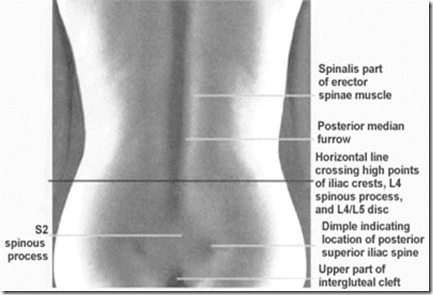
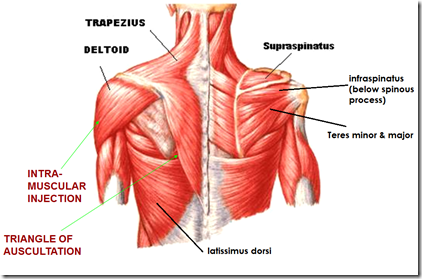
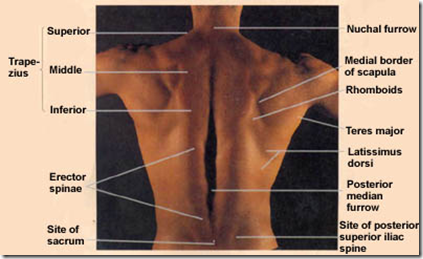
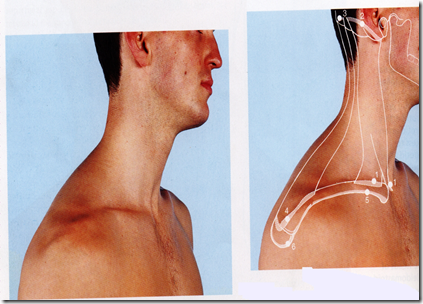
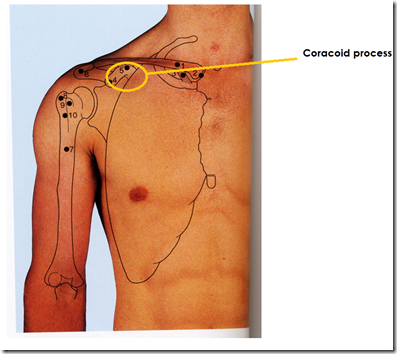
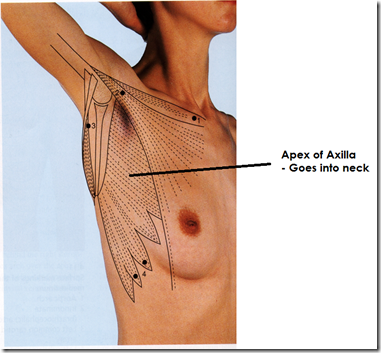
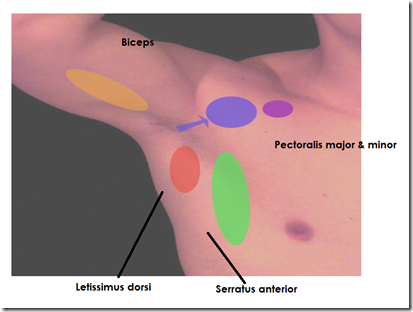
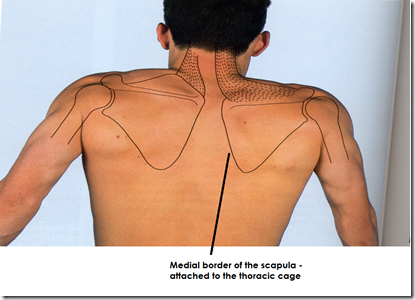
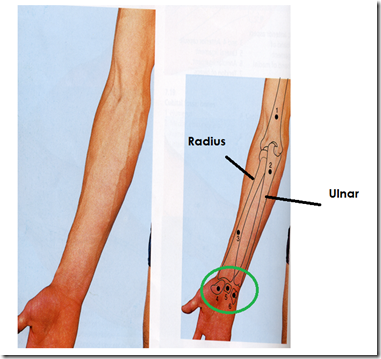
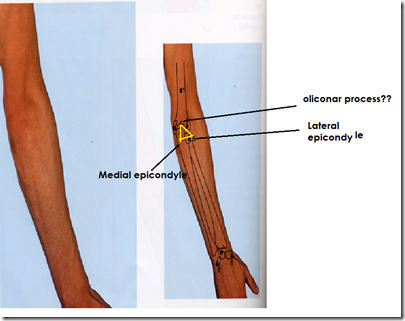


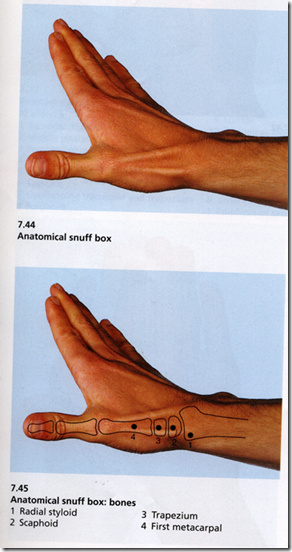
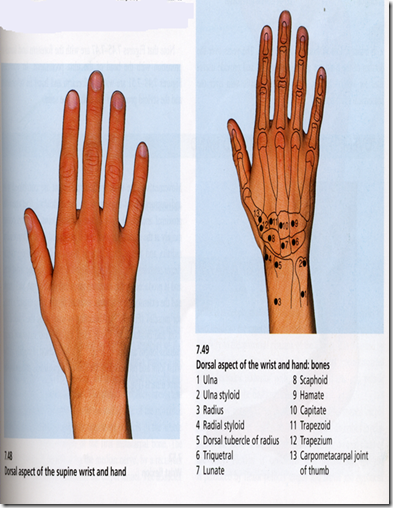
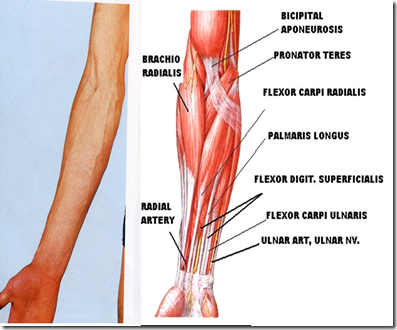
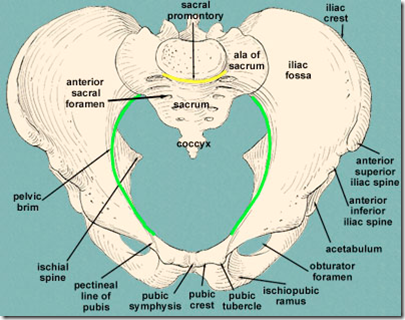

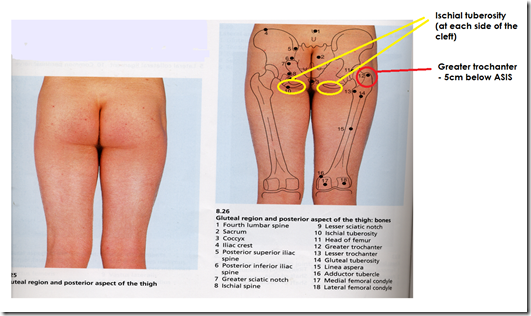

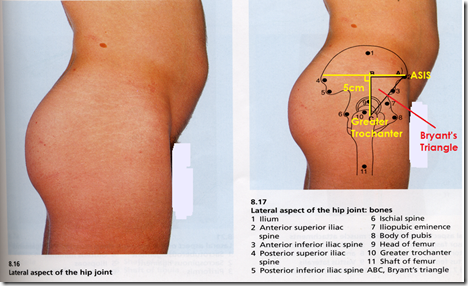

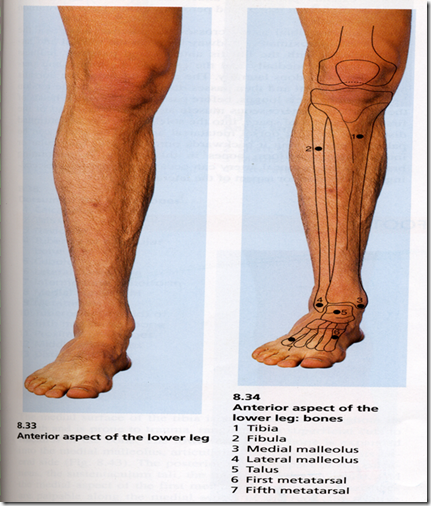
Great job